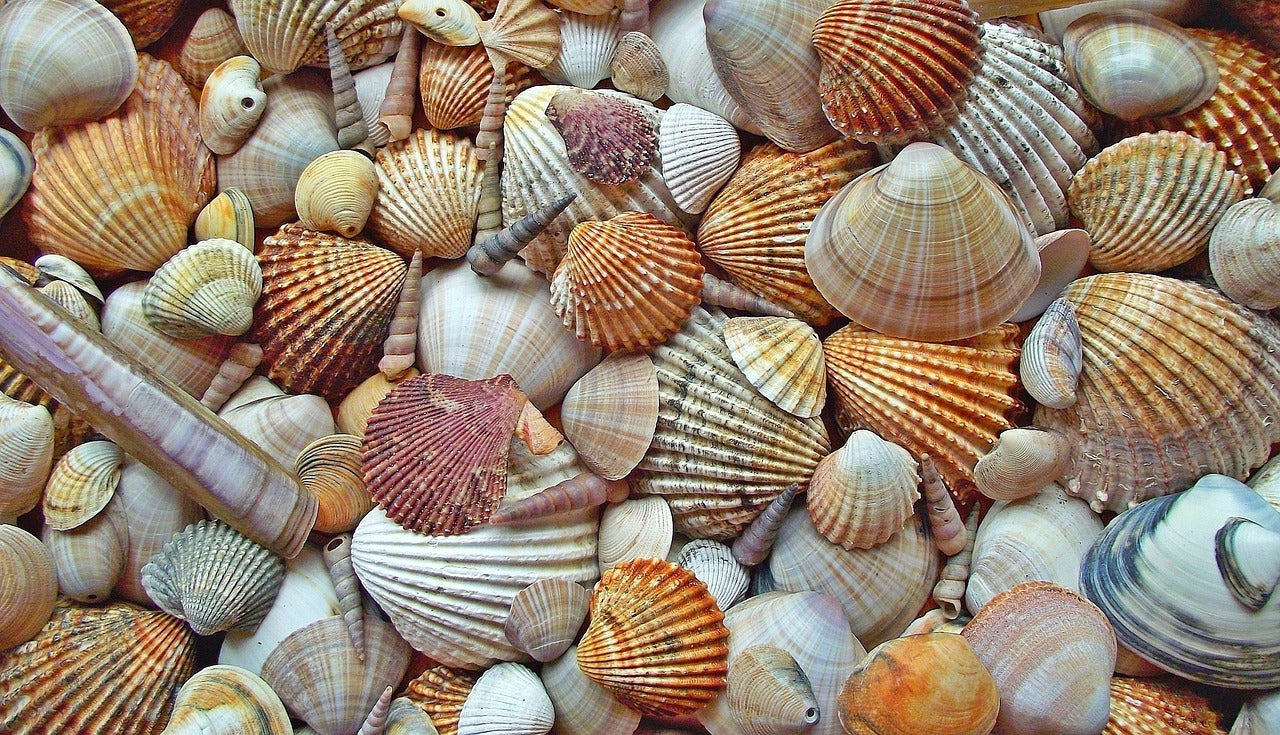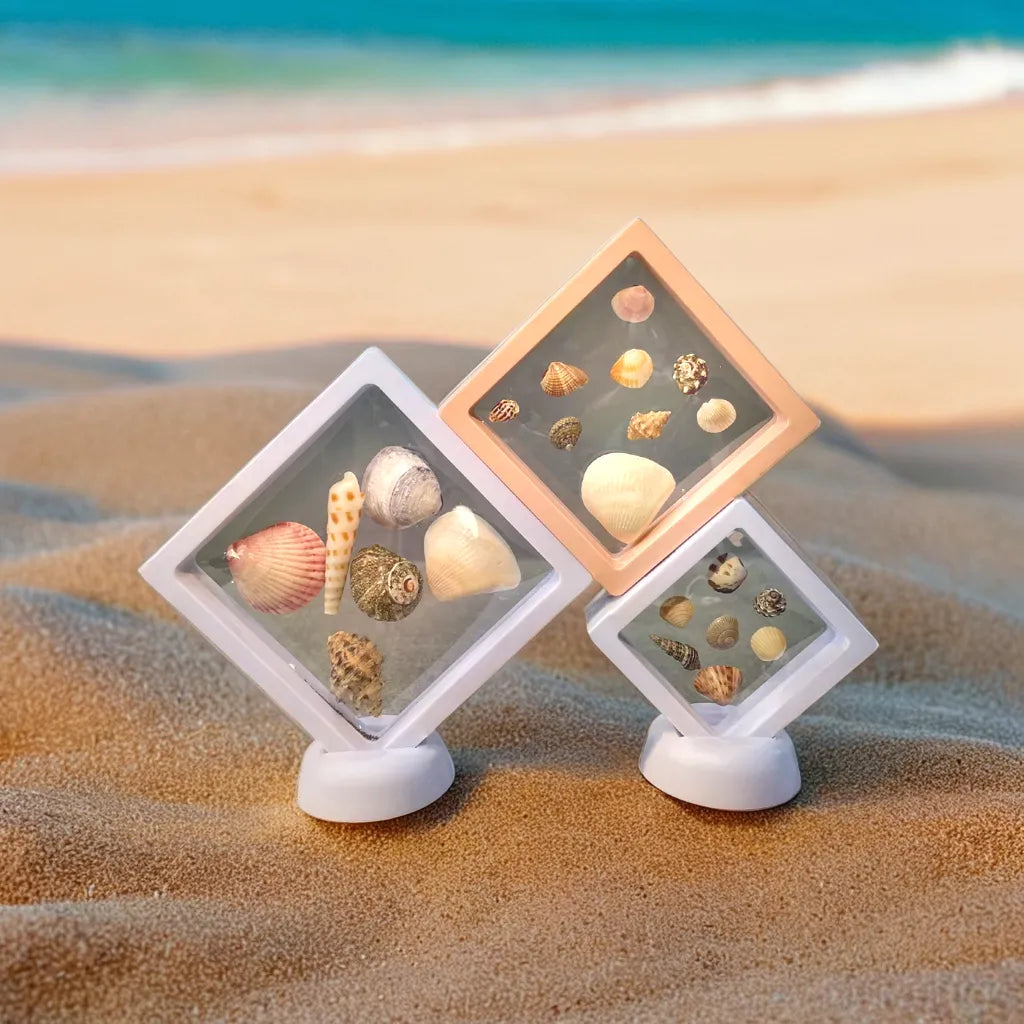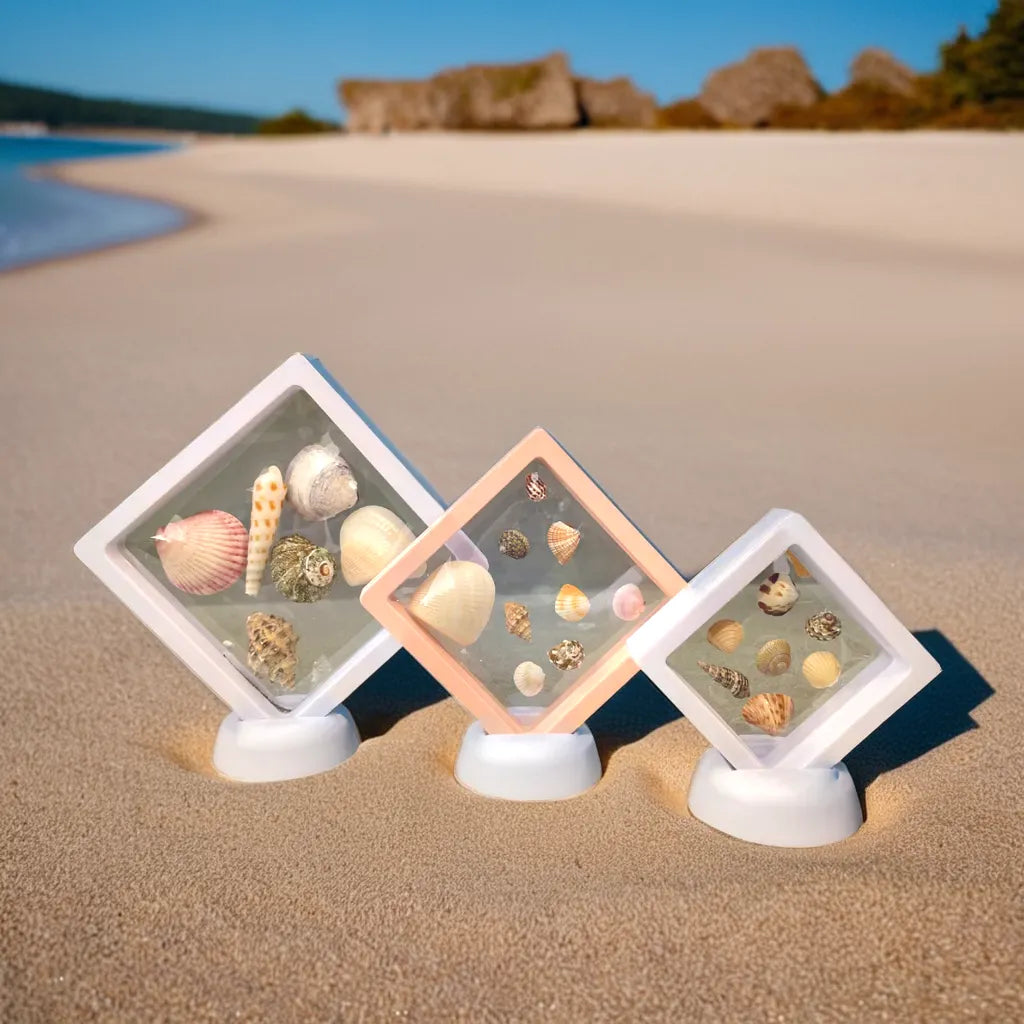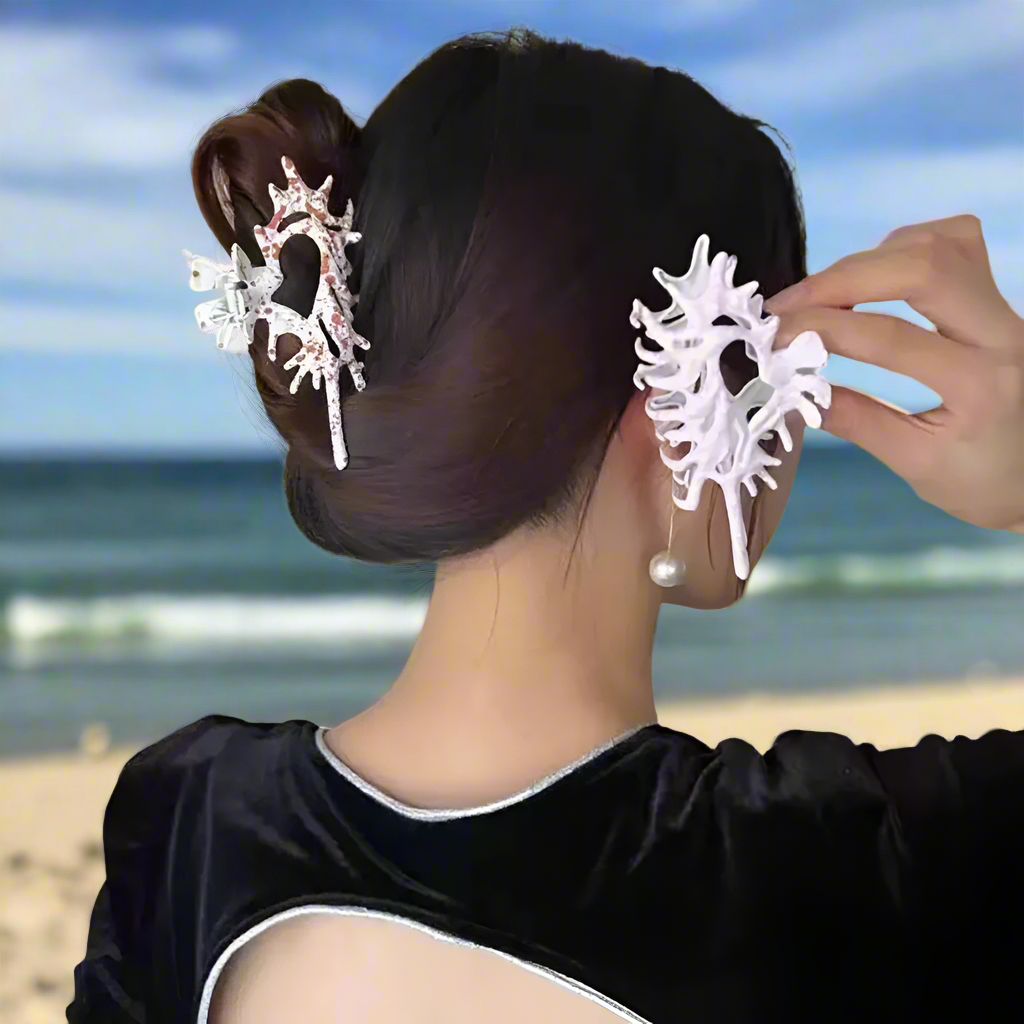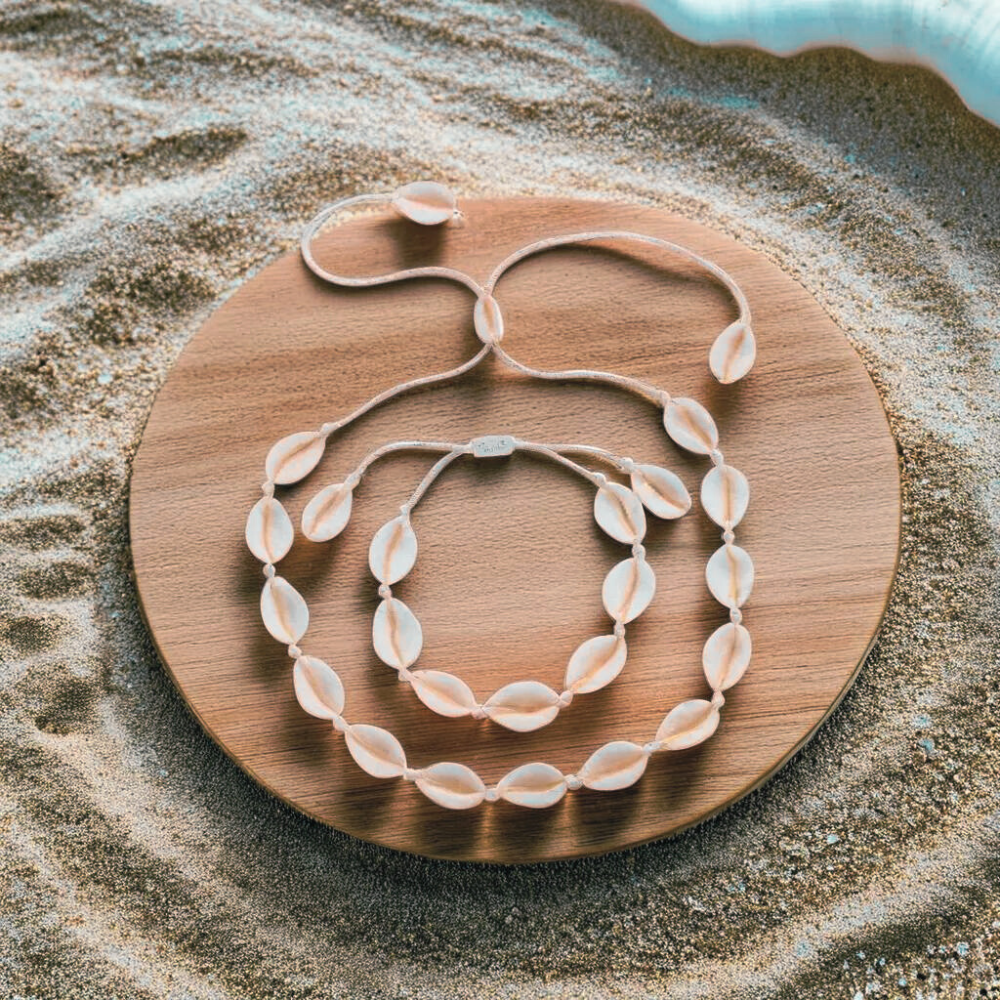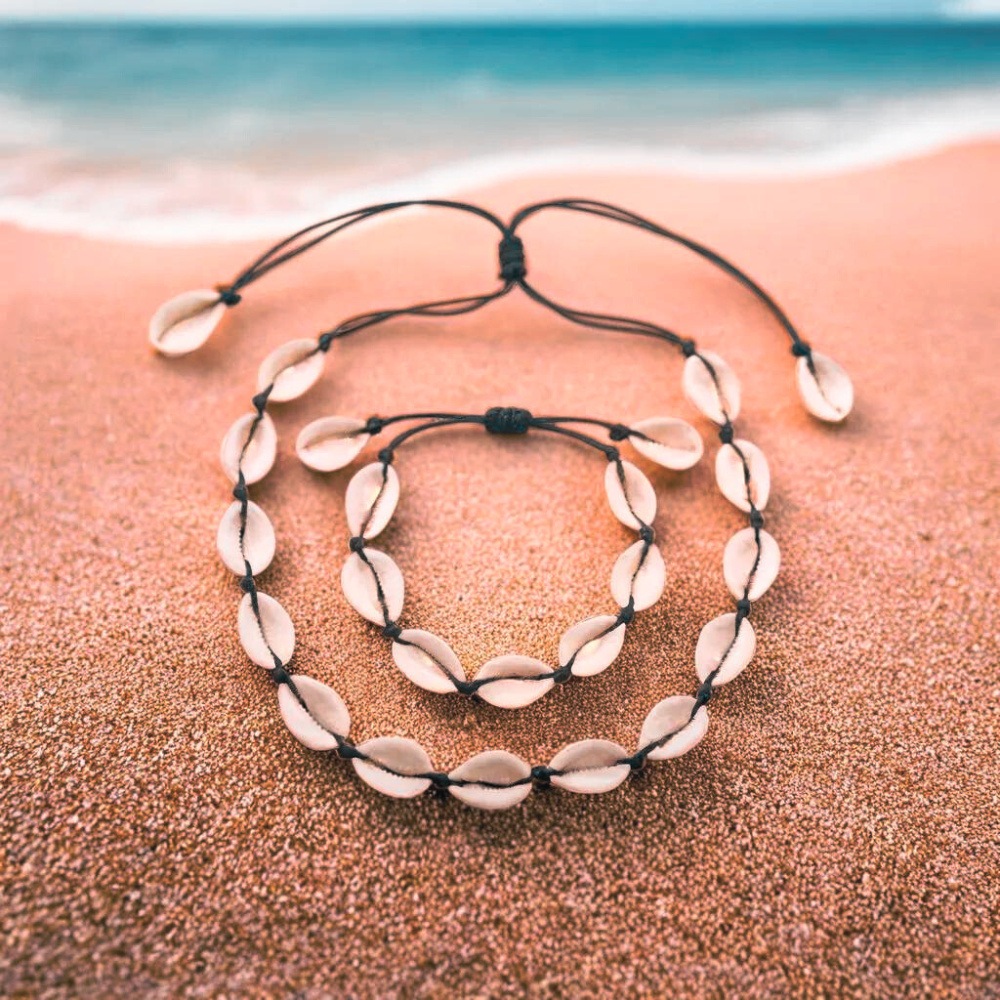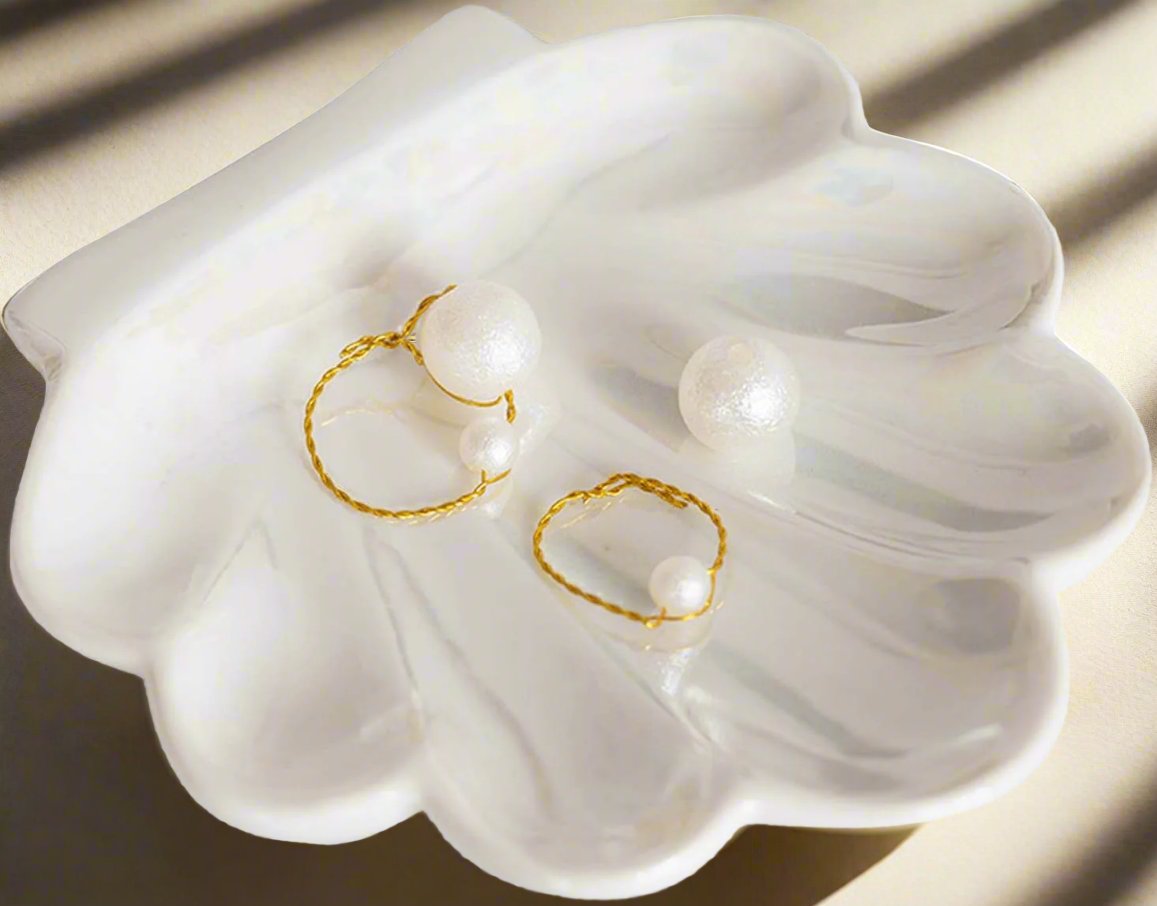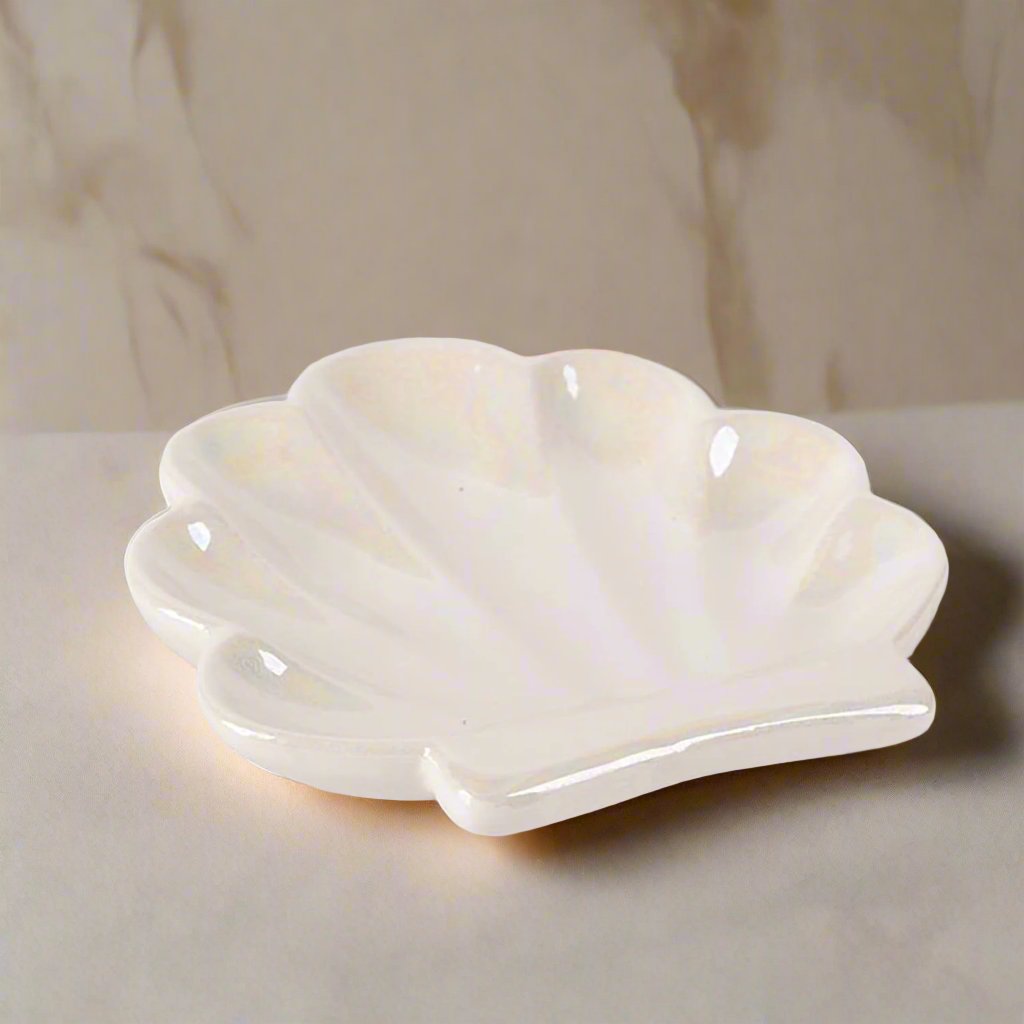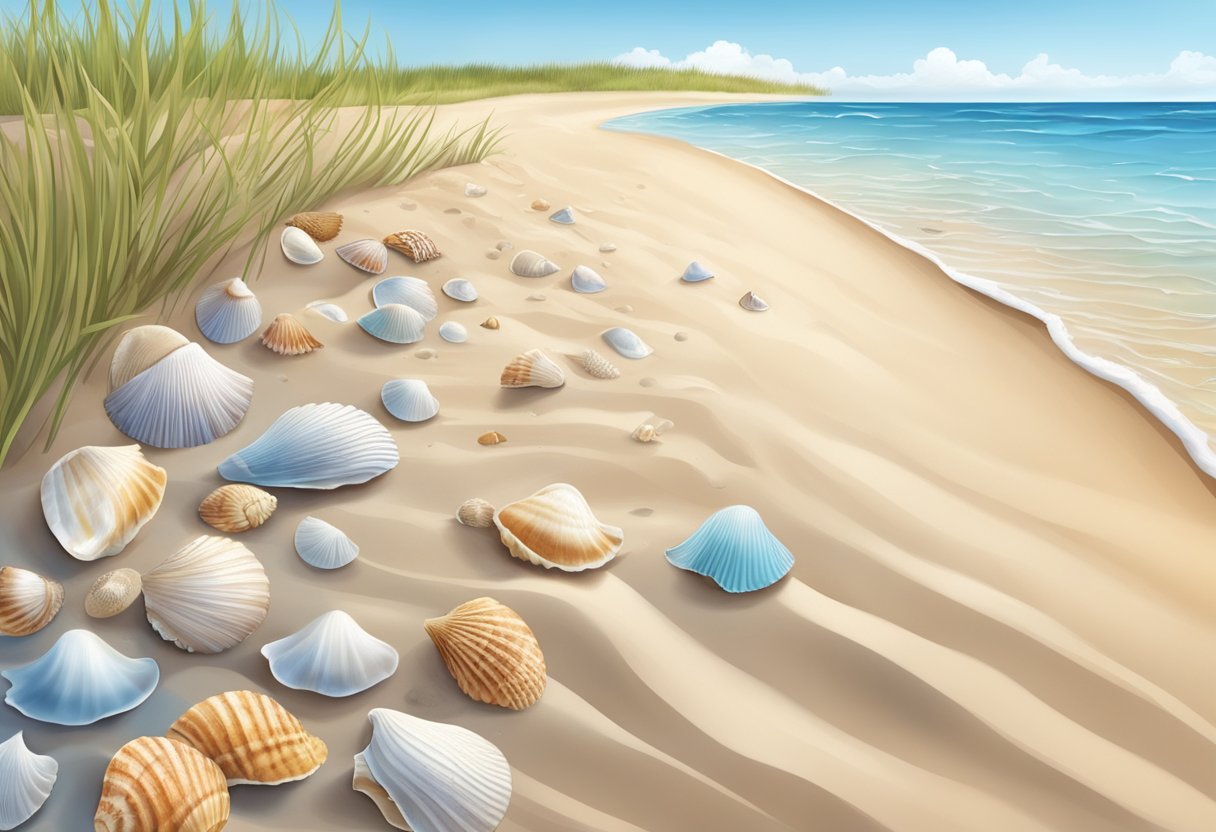Collecting seashells can be both a relaxing and fascinating hobby, offering a glimpse into the diversity of marine life. Understanding how to identify different types of seashells is key to appreciating the beauty and complexity of these natural treasures. Recognizing the subtle details in size, shape, and color patterns can help distinguish between species like conchs, whelks, and more.
 When identifying seashells, one must pay attention to unique features such as ridges, knobs, and the shape of the opening. Knobs and ridges are often specific to certain species and can be found around the shell's hip or crown. Color markings and the length of the siphon channel are also important indicators.
Exploring a beach with this knowledge makes the hunt for seashells both educational and enjoyable. Beginner collectors will find satisfaction in recognizing common shells like Florida Fighting Conchs, while more seasoned enthusiasts might seek out rarer finds like the Spider Conch.
When identifying seashells, one must pay attention to unique features such as ridges, knobs, and the shape of the opening. Knobs and ridges are often specific to certain species and can be found around the shell's hip or crown. Color markings and the length of the siphon channel are also important indicators.
Exploring a beach with this knowledge makes the hunt for seashells both educational and enjoyable. Beginner collectors will find satisfaction in recognizing common shells like Florida Fighting Conchs, while more seasoned enthusiasts might seek out rarer finds like the Spider Conch.
 Each seashell has distinct parts that can help in its identification. The apex is the pointed tip of the shell. The body whorl is the largest and most visible part. The lip is the outer edge of the opening, while the siphonal canal is a tubular extension at the base.
Other important parts include the spire, which is the coiled part of the shell, and the umbilicus, a hole or depression found in some shells. Knowing these terms helps in describing and identifying different shell types.
Each seashell has distinct parts that can help in its identification. The apex is the pointed tip of the shell. The body whorl is the largest and most visible part. The lip is the outer edge of the opening, while the siphonal canal is a tubular extension at the base.
Other important parts include the spire, which is the coiled part of the shell, and the umbilicus, a hole or depression found in some shells. Knowing these terms helps in describing and identifying different shell types.
 Gastropods have a single shell, often in a spiral shape. Common examples include snails and conchs.
Gastropods have a single shell, often in a spiral shape. Common examples include snails and conchs.
 Bivalves have two hinged shells. Examples are clams, oysters, and scallops.
Chitons and tusk shells, though less common, are other categories worth noting. By observing shell shape and structure, one can quickly determine the category it belongs to.
Bivalves have two hinged shells. Examples are clams, oysters, and scallops.
Chitons and tusk shells, though less common, are other categories worth noting. By observing shell shape and structure, one can quickly determine the category it belongs to.
 Seashells come in many shapes and sizes. Two of the main types are gastropods and bivalves. Each has unique features that make them interesting to study and easy to identify.
Seashells come in many shapes and sizes. Two of the main types are gastropods and bivalves. Each has unique features that make them interesting to study and easy to identify.
Conch shells are large and have a distinct spiral. They are found in tropical waters. The shell is usually thick with vibrant colors. Conchs are important in many cultures for their beauty and utility. Whelks
Whelks also have a spiral shape. They are usually longer and more slender than conchs. Found in colder waters, their shells can be used as tools by some animals. Cowry
Cowry shells are small, glossy, and often brightly patterned. They are prized by collectors and were historically used as currency in some cultures. Cowries have an oval shape with a long, narrow opening on one side.
Clams have two equal-sized shells joined by a hinge. They are often found buried in the sand. The shell is usually smooth, round, and can be various colors. Clams are a common sight on many beaches. Oysters Oyster shells are rough and irregular. They filter water and contribute to the ecosystem. The outer shell is usually gray or brown, while the inside is smooth and pearly. Scallops
Scallop shells are fan-shaped and have ridges that make them easy to recognize. They are typically found in both shallow and deep waters. The shells are often brightly colored, making them a popular find for beachcombers. Advanced identification methods involve distinguishing tiny details and patterns in seashells. These methods help enthusiasts and researchers identify even the most unique species.
Advanced identification methods involve distinguishing tiny details and patterns in seashells. These methods help enthusiasts and researchers identify even the most unique species.
 When identifying seashells, one must pay attention to unique features such as ridges, knobs, and the shape of the opening. Knobs and ridges are often specific to certain species and can be found around the shell's hip or crown. Color markings and the length of the siphon channel are also important indicators.
Exploring a beach with this knowledge makes the hunt for seashells both educational and enjoyable. Beginner collectors will find satisfaction in recognizing common shells like Florida Fighting Conchs, while more seasoned enthusiasts might seek out rarer finds like the Spider Conch.
When identifying seashells, one must pay attention to unique features such as ridges, knobs, and the shape of the opening. Knobs and ridges are often specific to certain species and can be found around the shell's hip or crown. Color markings and the length of the siphon channel are also important indicators.
Exploring a beach with this knowledge makes the hunt for seashells both educational and enjoyable. Beginner collectors will find satisfaction in recognizing common shells like Florida Fighting Conchs, while more seasoned enthusiasts might seek out rarer finds like the Spider Conch.
Basics of Seashell Identification
Learning to identify seashells involves knowing their anatomy, categories, and the importance of their color and texture.Understanding Seashell Anatomy
 Each seashell has distinct parts that can help in its identification. The apex is the pointed tip of the shell. The body whorl is the largest and most visible part. The lip is the outer edge of the opening, while the siphonal canal is a tubular extension at the base.
Other important parts include the spire, which is the coiled part of the shell, and the umbilicus, a hole or depression found in some shells. Knowing these terms helps in describing and identifying different shell types.
Each seashell has distinct parts that can help in its identification. The apex is the pointed tip of the shell. The body whorl is the largest and most visible part. The lip is the outer edge of the opening, while the siphonal canal is a tubular extension at the base.
Other important parts include the spire, which is the coiled part of the shell, and the umbilicus, a hole or depression found in some shells. Knowing these terms helps in describing and identifying different shell types.
Categories of Seashells
Seashells fall into two main categories: gastropods and bivalves. Gastropods have a single shell, often in a spiral shape. Common examples include snails and conchs.
Gastropods have a single shell, often in a spiral shape. Common examples include snails and conchs.
 Bivalves have two hinged shells. Examples are clams, oysters, and scallops.
Chitons and tusk shells, though less common, are other categories worth noting. By observing shell shape and structure, one can quickly determine the category it belongs to.
Bivalves have two hinged shells. Examples are clams, oysters, and scallops.
Chitons and tusk shells, though less common, are other categories worth noting. By observing shell shape and structure, one can quickly determine the category it belongs to.
The Role of Color and Texture
Color and texture play a crucial role in seashell identification. Shell color can vary widely, but some species have distinctive color patterns. For example, the Florida Fighting Conch often displays vibrant orange hues. Texture differences, such as smooth vs. ridged shells, can also be significant. Some shells have spines or bumps, aiding in their recognition. By examining color and texture, identifying many seashells becomes easier. This knowledge forms the foundation for identifying the wide variety of seashells found along the shore.Classification Techniques
Identifying seashells involves looking at their shape, size, symmetry, and the location they are found. Each of these aspects helps to pinpoint the exact species or family to which a seashell belongs.By Shape and Structure
Shell shape and structure are fundamental for classification. Conch shells, for example, have a long, spiral shape and a wide opening. Bivalves like clams have two hinged parts and lie flat. The presence of ridges, spines, and color patterns can also be useful. Some shells, like cowries, are smooth and glossy, while others, such as scallops, are ribbed.By Size and Symmetry
The size and symmetry of seashells also aid in identification. Gastropods, like snails, have a single, often spiraled shell that can range from tiny to quite large. Bivalves tend to have shells of equal size that mirror each other. Shells like scallops might have a fan shape with symmetry, whereas whelks often have an asymmetrical, spiral form. Recording the size can be crucial because some species of seashells can be identified by their singular size range.By Location and Habitat
Location and habitat are key indicators of seashell types. Tropical beaches often harbor cowries and conchs. Mangroves and estuaries might have mangrove periwinkles and oysters. Rocky shorelines are home to barnacles and limpets. Knowing the environment helps narrow down possible species, as only certain seashells thrive in specific conditions. Deep-sea searches might uncover unique shells like nautilus. Knowing where the shell was found helps in accurate classification.Common Seashell Species
 Seashells come in many shapes and sizes. Two of the main types are gastropods and bivalves. Each has unique features that make them interesting to study and easy to identify.
Seashells come in many shapes and sizes. Two of the main types are gastropods and bivalves. Each has unique features that make them interesting to study and easy to identify.
Gastropod Examples
Conch ShellsConch shells are large and have a distinct spiral. They are found in tropical waters. The shell is usually thick with vibrant colors. Conchs are important in many cultures for their beauty and utility. Whelks
Whelks also have a spiral shape. They are usually longer and more slender than conchs. Found in colder waters, their shells can be used as tools by some animals. Cowry
Cowry shells are small, glossy, and often brightly patterned. They are prized by collectors and were historically used as currency in some cultures. Cowries have an oval shape with a long, narrow opening on one side.
Bivalve Examples
ClamsClams have two equal-sized shells joined by a hinge. They are often found buried in the sand. The shell is usually smooth, round, and can be various colors. Clams are a common sight on many beaches. Oysters Oyster shells are rough and irregular. They filter water and contribute to the ecosystem. The outer shell is usually gray or brown, while the inside is smooth and pearly. Scallops
Scallop shells are fan-shaped and have ridges that make them easy to recognize. They are typically found in both shallow and deep waters. The shells are often brightly colored, making them a popular find for beachcombers.
Advanced Identification Techniques
 Advanced identification methods involve distinguishing tiny details and patterns in seashells. These methods help enthusiasts and researchers identify even the most unique species.
Advanced identification methods involve distinguishing tiny details and patterns in seashells. These methods help enthusiasts and researchers identify even the most unique species.

